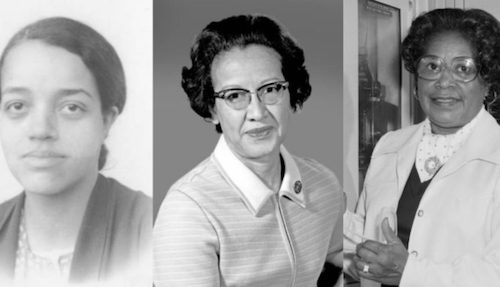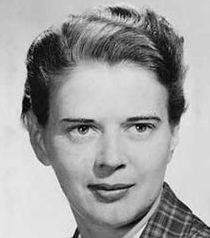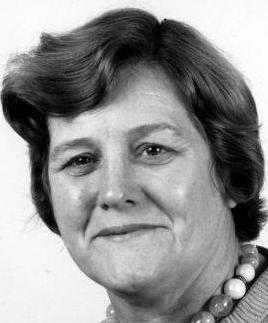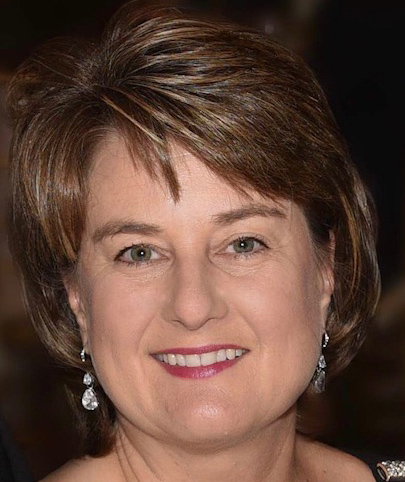
July 14, 2019

 Beatrice Hicks invented a gas density switch that was used in all of the Apollo missions, including the historic Apollo 11 that put the first men on the moon. Although she entered the engineering field in the '40s and '50s, Hicks had massive success in her field even if we never heard about it. She was the first female engineer hired at the Western Electric Company, where she worked on quartz crystal oscillators which then led to the invention of her gas density switch. Hicks was able to become the chief engineer and vice president of engineering at the Newark Controls Company because her father left her the business after his death. Without Hicks, no one would have landed safely and successfully on the moon.
Beatrice Hicks invented a gas density switch that was used in all of the Apollo missions, including the historic Apollo 11 that put the first men on the moon. Although she entered the engineering field in the '40s and '50s, Hicks had massive success in her field even if we never heard about it. She was the first female engineer hired at the Western Electric Company, where she worked on quartz crystal oscillators which then led to the invention of her gas density switch. Hicks was able to become the chief engineer and vice president of engineering at the Newark Controls Company because her father left her the business after his death. Without Hicks, no one would have landed safely and successfully on the moon. Yvonne Brill created the Electrothermal Hydrazine Resistojet, which not only revolutionized the way spacecrafts were propelled but also the way scientists and engineers went about designing them. Her invention and later writings on her work insisted that only one propellent was needed on a spacecraft, and would increase the safety of the mission by decreasing the weight of the craft. From then on, Brill's patented technology was used on almost every space-bound vehicle, including commercial satellites, and saved NASA millions of dollars. Her invention allowed the Apollo 11 to have an extended mission life and successfully make it to the moon and back.
Yvonne Brill created the Electrothermal Hydrazine Resistojet, which not only revolutionized the way spacecrafts were propelled but also the way scientists and engineers went about designing them. Her invention and later writings on her work insisted that only one propellent was needed on a spacecraft, and would increase the safety of the mission by decreasing the weight of the craft. From then on, Brill's patented technology was used on almost every space-bound vehicle, including commercial satellites, and saved NASA millions of dollars. Her invention allowed the Apollo 11 to have an extended mission life and successfully make it to the moon and back. Much later came Jacqueline Quinn, who committed her work at NASA to cleaning up groundwater in the surrounding areas from some of the toxic chemicals that were once used in older spacecrafts and space missions. She worked with NASA in the late '90s, when life for women in STEM was markedly better - Quinn held a leadership role - but there was still along way to go before women were recognized - let alone celebrated - for their achievements. Her invention, emulsified zero-valent iron, or EZVI, quickly cleaned up the mess that was left by years past and changed the way NASA looked at the sustainability of their work.
Much later came Jacqueline Quinn, who committed her work at NASA to cleaning up groundwater in the surrounding areas from some of the toxic chemicals that were once used in older spacecrafts and space missions. She worked with NASA in the late '90s, when life for women in STEM was markedly better - Quinn held a leadership role - but there was still along way to go before women were recognized - let alone celebrated - for their achievements. Her invention, emulsified zero-valent iron, or EZVI, quickly cleaned up the mess that was left by years past and changed the way NASA looked at the sustainability of their work.Opinions expressed by the author are not necessarily those of WITI.
Are you interested in boosting your career, personal development, networking, and giving back? If so, WITI is the place for you! Become a WITI Member and receive exclusive access to attend our WITI members-only events, webinars, online coaching circles, find mentorship opportunities (become a mentor; find a mentor), and more!
There are no WITI online coaching circles scheduled at this time. Please check back soon for updates.
Founded in 1989, WITI (Women in Technology International) is committed to empowering innovators, inspiring future generations and building inclusive cultures, worldwide. WITI is redefining the way women and men collaborate to drive innovation and business growth and is helping corporate partners create and foster gender inclusive cultures. A leading authority of women in technology and business, WITI has been advocating and recognizing women's contributions in the industry for more than 30 years.
The organization delivers leading edge programs and platforms for individuals and companies -- designed to empower professionals, boost competitiveness and cultivate partnerships, globally. WITI’s ecosystem includes more than a million professionals, 60 networks and 300 partners, worldwide.
Empower Innovators.
Inspire Future Generations.
Build Inclusive Cultures.
Building Your Network.
Building Your Brand.
Advancing Your Career.
Comments